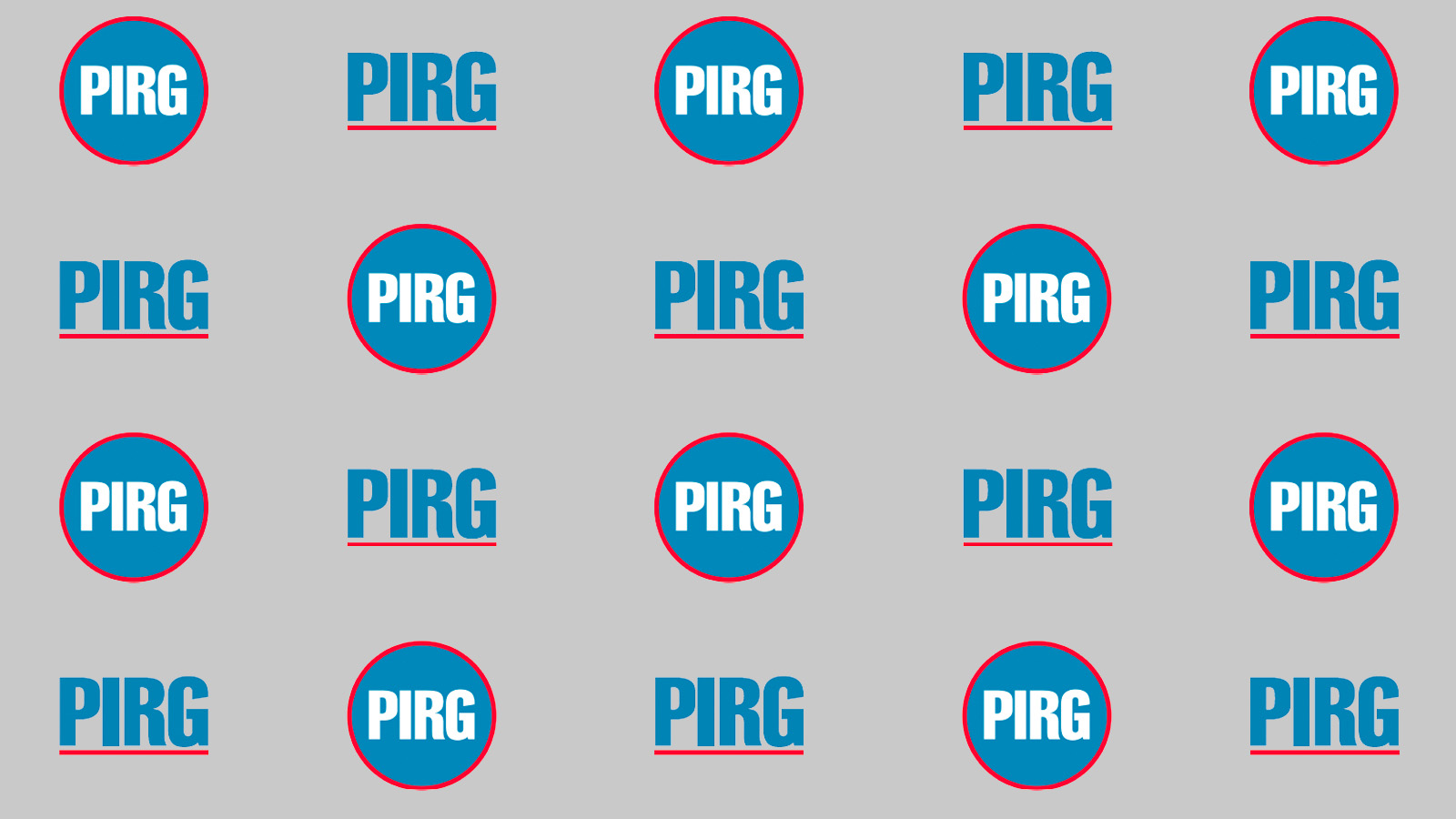“I treasure a piece of clothing that tells a story, has a history, is unique, and that feels good because it has high quality fabric and good fit. I have always shopped second hand in order to afford the quality and find unique pieces with a history, and I enjoy it. It turns out, I’ve been practicing this aspect of sustainable fashion since I was a teen.
Professionally, my joy is guiding students in developing and articulating their creative ideas. For over 20 years I have been teaching design, textiles and technology courses to students in the School of Apparel Design & Development at Seattle Central College. Previous to teaching full time, I worked in the apparel industry doing design, production and textile development.
In 2022, I was granted a sabbatical to earn a master’s degree at the Berlin University of Applied Sciences, with the aim of bringing environmental and social sustainability into Seattle Central’s two-year curriculum. My desire to do this stemmed from my own alarm about chemical use, global warming, garment waste and exploitative labor practices. Seeing that more and more students cared deeply about these issues inspired me and spurred me to take action. Now that I have the degree, I am incorporating lectures and assignments into courses. My hope is to give students the tools and knowledge to make a change in the fashion industry.”
What do you think about fast fashion?
“Fast fashion is one example of wasteful practices in our consumer society. It is particularly harmful because it encourages people to think of clothing as a disposable item. This feeds into massive over-production of low cost and low quality clothing which hurts workers and the environment. The low cost of clothing contributes to dangerous and unhealthy working conditions which predominantly affects women. The low quality of clothing creates massive amounts of waste that are shunted off on developing countries. The cheap synthetic fibers are contributing to microplastics in the water stream. It’s all about instant gratification with horrible long-term consequences.”
How do you hope to see the fashion industry change?
“I hope to see lawmakers, consumers and manufacturers work together to create a system that works with nature and benefits people. I hope to see more education and thought put into all resources along the supply chain, with elimination of waste and toxins, and farming practices that work in harmony with nature. I hope for clothing to be designed for longevity, repair and recycling. I hope for an infrastructure that supports circular manufacturing systems where resources can be recycled. I hope for more connection and awareness of how clothing is made through local manufacturing.”
Topics
